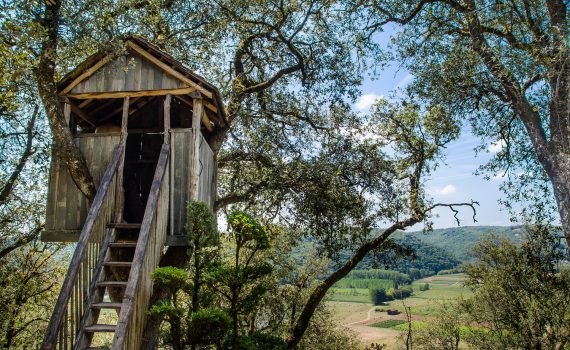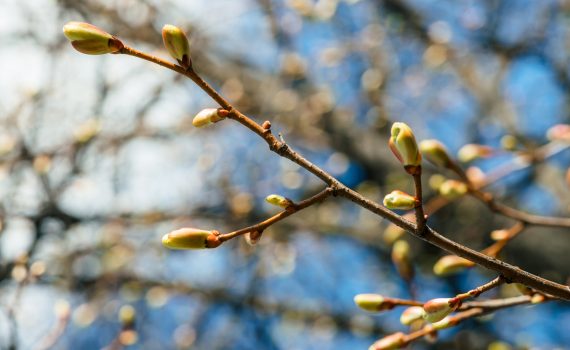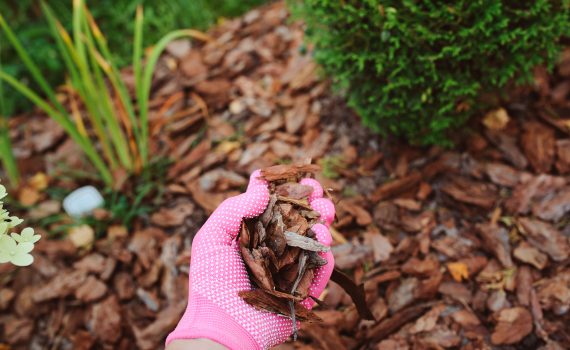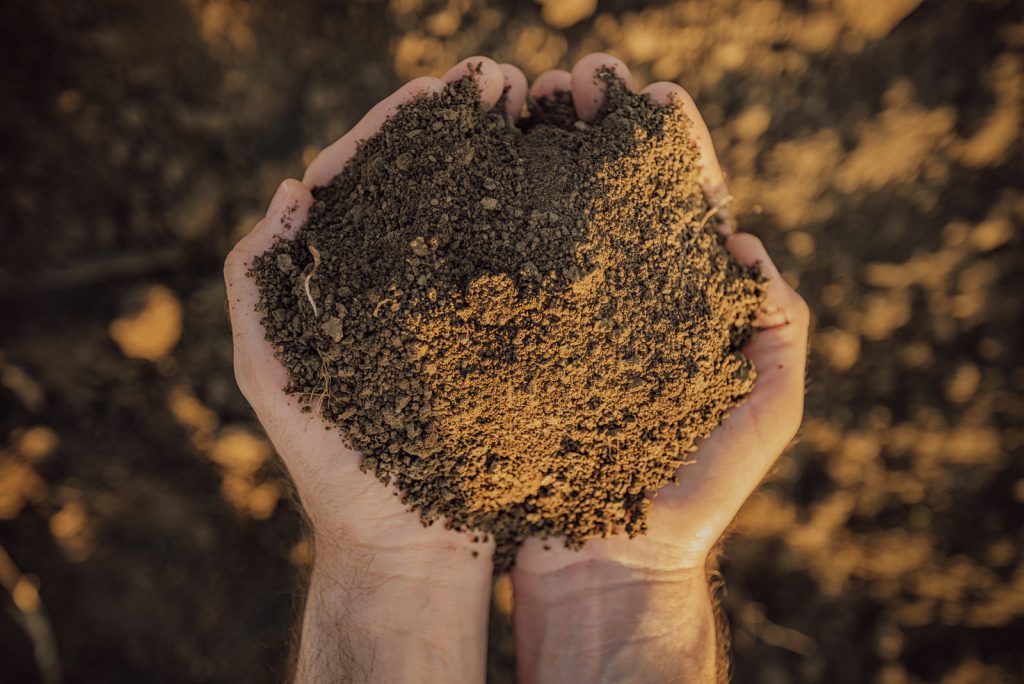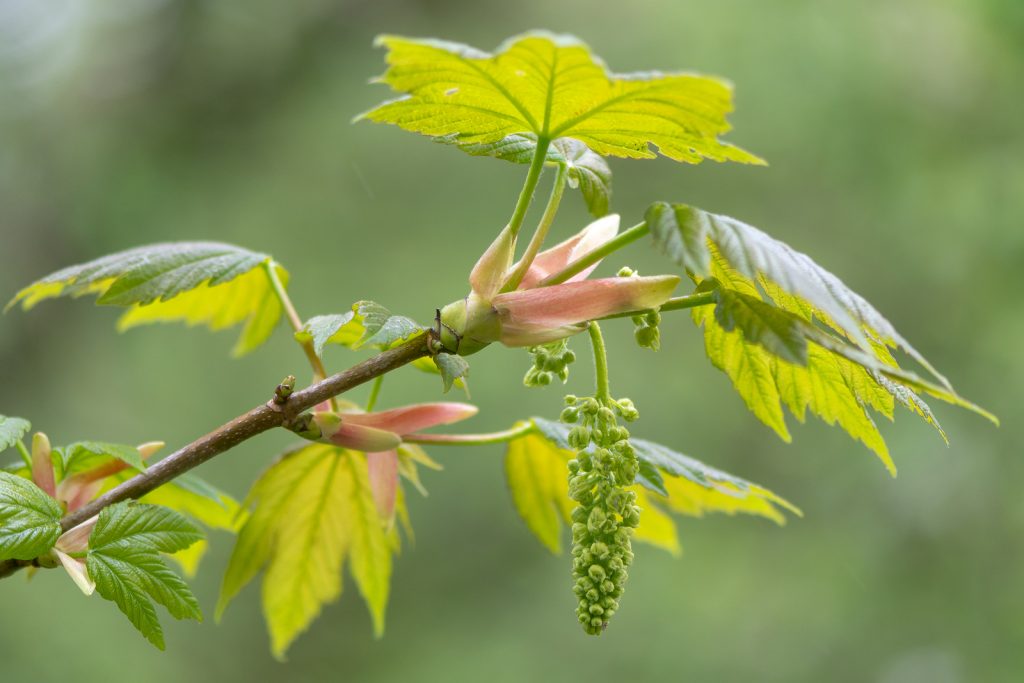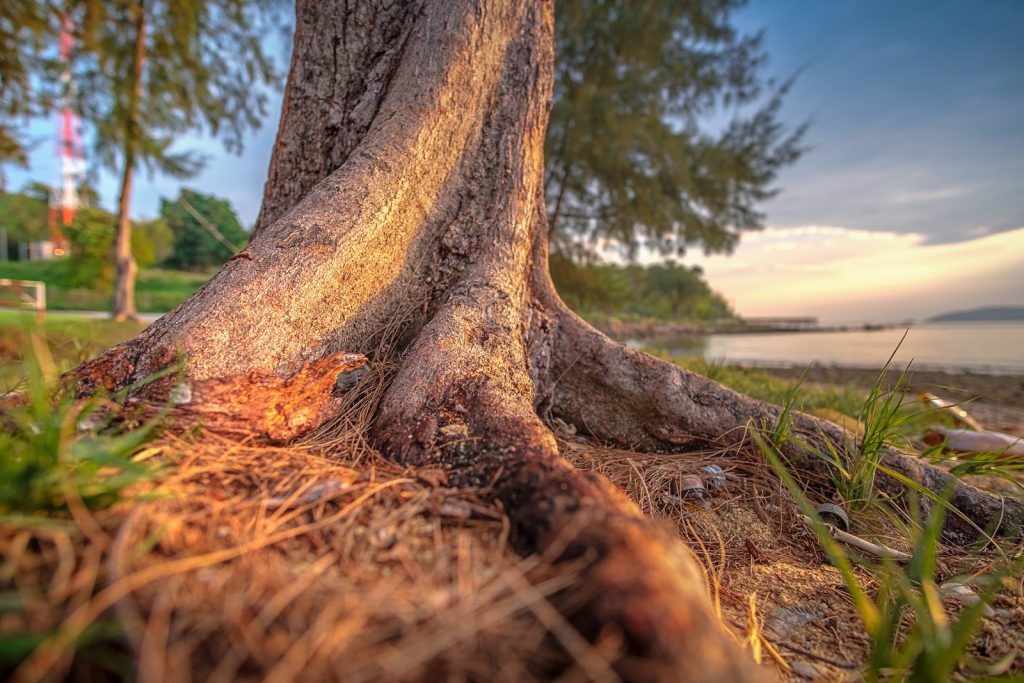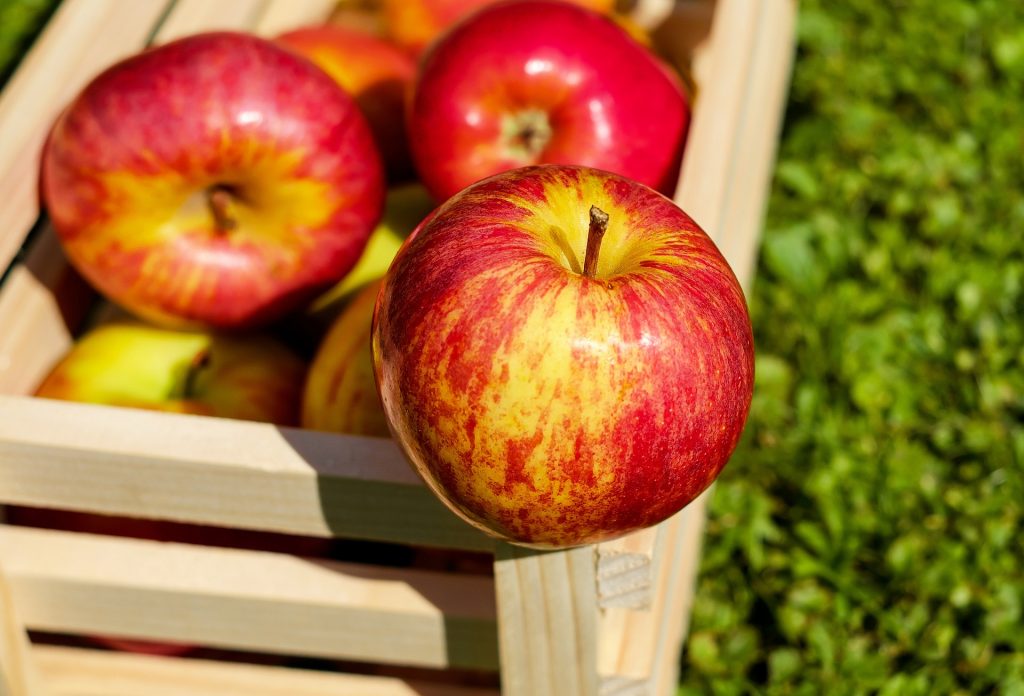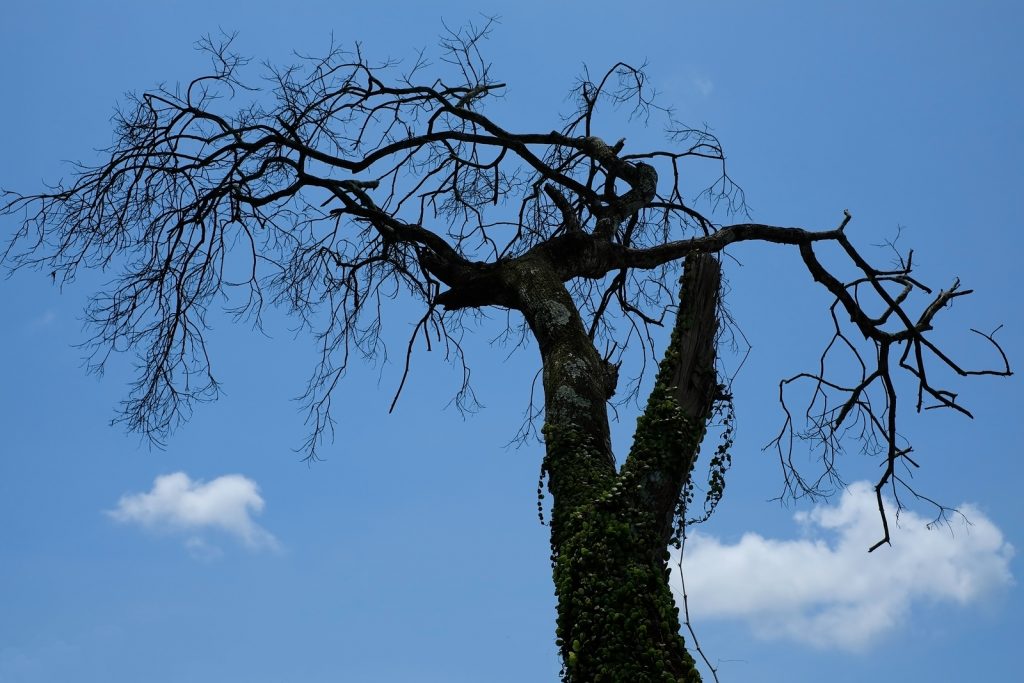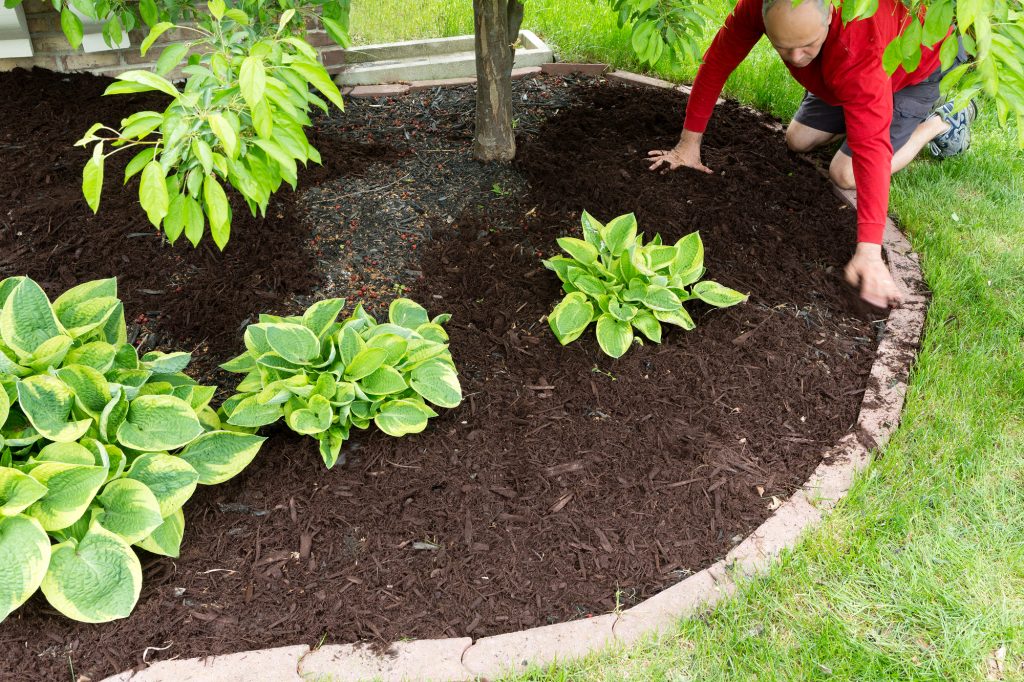When we were younger, we learned about photosynthesis. This is the mechanism by which trees “breath”. It is the process to convert carbon dioxide to oxygen. But, how does heat impact trees and this process. It has a dramatic effect.
Heat Impact
During warmer weather, photosynthesis rates slow down and put more pressure on the trees. In fact, the heat impact on trees is even more substantial as trees are losing water through their leaves while having lower photosynthesis rates thereby causing a dramatic impact on a trees ability to maintain itself.
Sun Rays
The heat impact from sun rays do result in some tree protections. Trees as with humans have HSPs. These are special proteins within them to help protect your body’s proteins from the higher temperatures. They work to allow for continued cell functioning. Beyond HSPs, there are other nutrients that help during the heat. For instance, calcium can provide further stabilization assistance for the body.
Solutions
Beyond the natural protections, you can do a lot to protect your plants and trees. Here is a short list of recommendations:
- Modify watering to higher amounts to give your trees and plants more nutrients over the summer months. Many times, this involves doubling or tripling the watering times during the warmer months. We recommend spreading this out over the course of a 24 hours rather than merely extending the run time for each iteration.
- Utilize mulch to keep moisture in and keep the trees cool. A healthy layer of about 1-2 inches is recommended.
- Use fertilizer and high quality soil to give your plants the right nutrients. If you’re unsure, get your soil tested and then mix it with the right combination of nutrients.
- Do not be afraid to use continued soil sampling to maintain the right balance.
If you have questions about how to maintain the right balance and protect your landscaping, contact Sexy Trees certified arborist.
 Bringing Sexy Back Into Your Yards
Bringing Sexy Back Into Your Yards 
